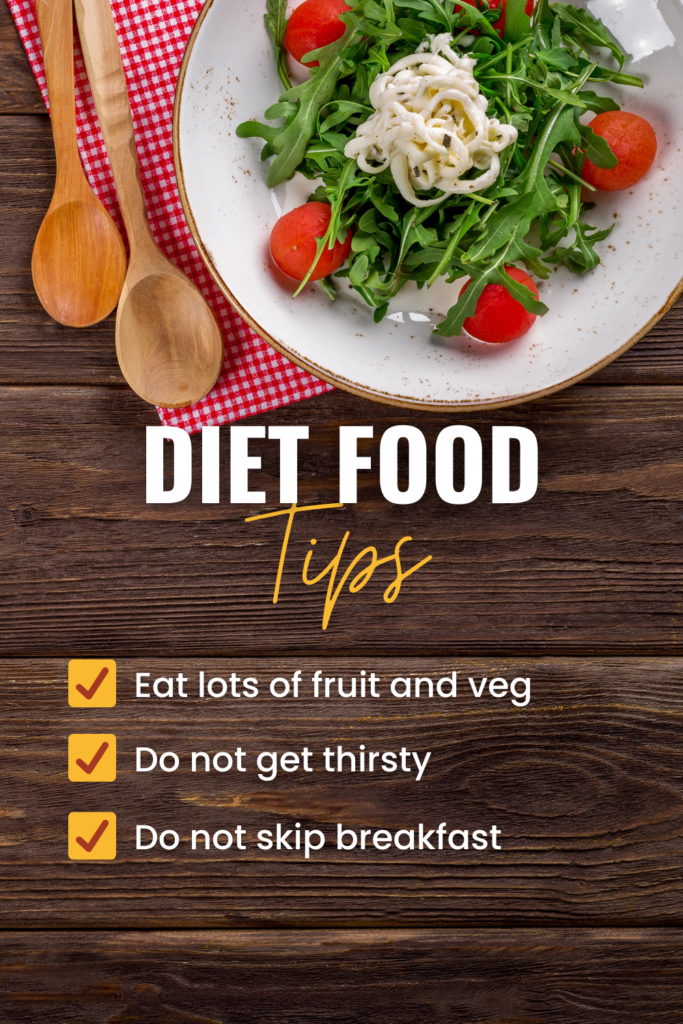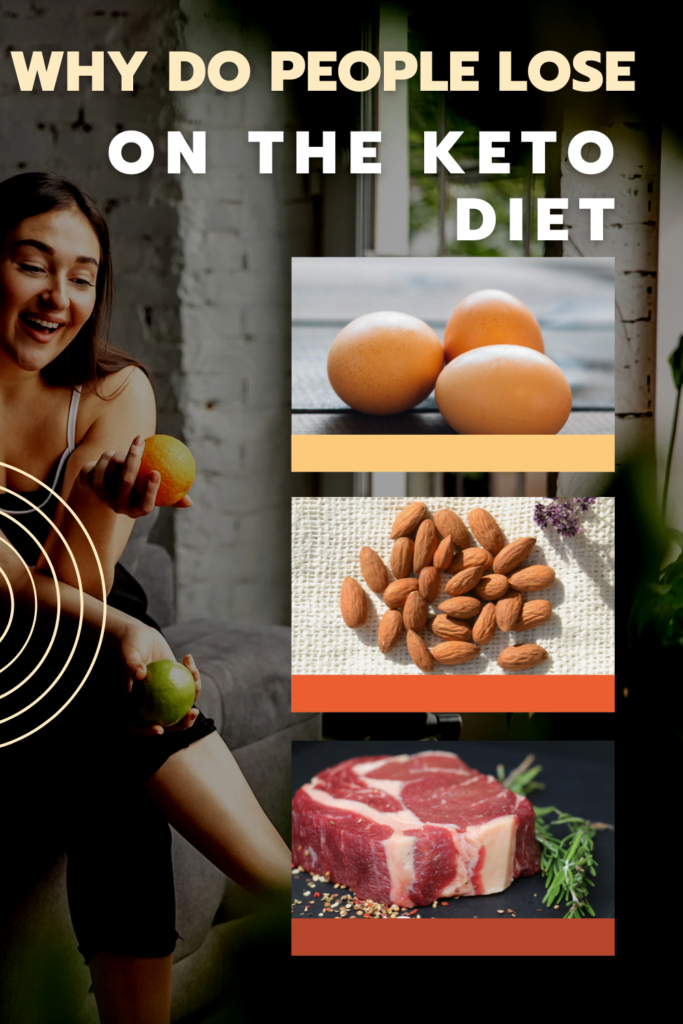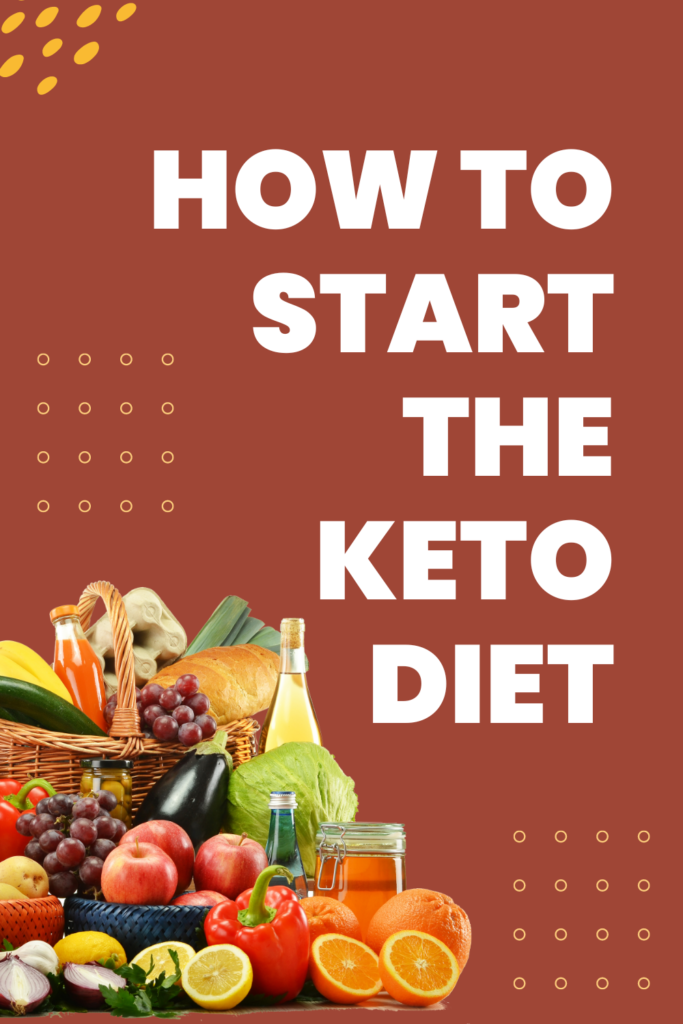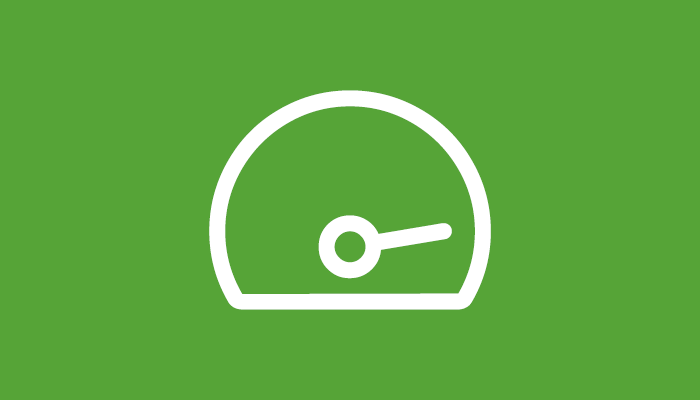
Table of Contents
Everything You Need to Know About the Keto Diet
The keto diet, or ketogenic diet, is a way of eating that focuses on consuming a lot of fats, moderate protein, and very few carbohydrates (carbs). It’s popular for helping people lose weight, but it also has other uses, like managing epilepsy. Let’s break it down!
What Is the Keto Diet?
The keto diet is all about changing the way your body gets energy. Normally, our bodies use carbohydrates (like bread, pasta, and fruit) to get energy. These carbs turn into glucose (sugar), which powers our brain and muscles.
But when you eat fewer carbs, your body has to find another energy source. So, it starts breaking down fats instead. This process creates ketones, which become your body’s new fuel. This is called ketosis—the main goal of the keto diet!
What Can You Eat on the Keto Diet?

On the keto diet, you eat foods that are high in healthy fats, like:
- Avocados
- Nuts and seeds
- Olive oil
- Butter
- Cheese
You can also eat moderate amounts of protein, such as:
- Meat (chicken, beef, pork)
- Fish (salmon, tuna)
- Eggs
But the trick is to keep your carb intake very low, so you’ll avoid foods like:
- Bread
- Pasta
- Rice
- Sweets
- Sugary drinks
You can still have some low-carb vegetables like:
- Spinach
- Broccoli
- Zucchini
These foods give you the nutrients you need without kicking you out of ketosis.
How Does the Keto Diet Work for Weight Loss?
One of the main reasons people go on the keto diet is for weight loss. Here’s why it works:
- Burning fat for energy: When you’re in ketosis, your body is burning fat, including the stored fat in your body. This helps you lose weight.
- Less hunger: Fats and proteins keep you full longer, so you might end up eating less without feeling hungry all the time.
- No sugar spikes: Since you’re not eating many carbs, your blood sugar levels stay steady, which can help you avoid cravings.
The Keto Diet and Epilepsy
The keto diet was first used to help children with epilepsy. Doctors found that being in ketosis can reduce seizures in kids who don’t respond well to regular medicines. While it’s not fully understood why this works, it has been a useful treatment for many years.
What Are the Benefits of the Keto Diet?
- Weight loss: As mentioned, the keto diet can help you burn fat and lose weight.
- Better brain function: Some people say they feel more focused and have better mental clarity while in ketosis.
- Improved blood sugar levels: Since you’re eating fewer carbs, your blood sugar doesn’t spike as much, which can help people with diabetes or prediabetes.
Are There Any Downsides?
While the keto diet can be helpful, it’s not for everyone. Here are some possible downsides:
- Keto flu: When you first start the keto diet, you might feel tired, have headaches, or get dizzy. This is called the keto flu and usually goes away after a few days.
- Nutrient deficiencies: Since you’re cutting out certain foods like fruits and whole grains, you might miss out on some important vitamins and minerals.
- Difficult to maintain: The keto diet is very strict, and some people find it hard to stick to for a long time.
Is the Keto Diet Right for You?
Before starting any new diet, it’s always a good idea to talk to a doctor or nutritionist, especially if you have any health conditions. The keto diet can be great for some people, but it might not work for everyone.
If you’re looking for a way to lose weight or manage certain health issues, the keto diet could be worth exploring. Just remember, it requires careful planning and discipline to get the best results!
The Science Behind the Keto Diet
The keto diet works by changing how your body gets energy. Normally, we get most of our energy from carbohydrates (like bread, rice, and fruit). These carbs are broken down into glucose (sugar), which our bodies use as fuel. But the keto diet is different because it focuses on eating a lot of fats and very few carbs, forcing your body to switch to a different energy source—ketones.
Let’s dive into the science behind how this works!
What Happens When You Eat Carbs?
When you eat foods high in carbs, your body turns them into glucose. This glucose goes into your bloodstream, and your pancreas releases a hormone called insulin to help the glucose get into your cells. Once inside, your cells use glucose to make energy.
But if you eat too many carbs and your body doesn’t need all that glucose right away, it gets stored as fat. So, when your carb intake is high, your body keeps storing fat instead of burning it.
What Happens on the Keto Diet?
When you stop eating a lot of carbs, your body can’t rely on glucose for energy. After about 2-4 days of low carb intake, your body runs out of stored glucose (called glycogen) and needs a new fuel source. That’s when it starts breaking down fat into ketones—small molecules that the body and brain can use for energy instead of glucose. This process is called ketosis.
How Does Your Body Enter Ketosis?
To get into ketosis, you need to limit your carb intake to about 20-50 grams per day. For comparison, a slice of bread has about 15 grams of carbs. That means you can’t eat many high-carb foods like bread, rice, or fruit. Instead, you eat more fats like avocados, butter, and cheese, which gives your body the energy it needs without relying on glucose.
Once in ketosis, your body becomes really good at burning fat for fuel. This can include the fat you eat and the stored fat in your body, which helps with weight loss.
The Role of Ketones
Ketones are molecules made in the liver when fat is broken down. There are three main types of ketones:
- Acetoacetate
- Beta-hydroxybutyrate (BHB)
- Acetone
These ketones travel through your blood to your brain, muscles, and other organs to give them energy. The brain especially loves using ketones because they are a cleaner fuel than glucose, meaning they produce less waste.
Why Do People Lose Weight on the Keto Diet?

There are several reasons why the keto diet can help people lose weight:
- Fat burning: Since your body is in ketosis, it’s constantly burning fat for energy.
- Less hunger: High-fat foods make you feel full longer, so you might eat fewer calories overall.
- No insulin spikes: With fewer carbs, your insulin levels stay low, which can help prevent fat storage.
How Does the Keto Diet Affect the Brain?
Our brains usually run on glucose, but they can also use ketones when glucose isn’t available. Some scientists believe that ketones are a more efficient fuel for the brain. This is one reason why the keto diet was originally developed to treat epilepsy—ketones seem to help control seizures.
For people who don’t have epilepsy, many say they feel more focused and energized when their brain runs on ketones.
What Happens to Your Body in the First Week of Keto?
When you first start the keto diet, your body goes through an adjustment period. Here’s what usually happens:
- First few days: Your body uses up the stored glucose (glycogen) in your muscles and liver. You may feel tired or cranky as your body gets used to burning fat for energy.
- Keto flu: Some people experience flu-like symptoms, such as headaches, dizziness, and muscle cramps. This is because your body is adapting to the lack of carbs and changes in electrolytes.
- Entering ketosis: After a few days, your body starts producing ketones, and you’ll notice your energy levels improve. You’ll also begin burning fat more effectively.
What Does Science Say About Keto and Health?
While the keto diet can help with weight loss and managing conditions like epilepsy, it’s not a one-size-fits-all diet. Some studies show it may also help with:
- Type 2 diabetes: By lowering blood sugar levels and improving insulin sensitivity.
- Heart health: By increasing levels of good cholesterol (HDL) and lowering bad cholesterol (LDL).
- Mental clarity: Some people feel more focused and sharp while in ketosis, possibly due to the brain using ketones efficiently.
However, scientists are still studying the long-term effects of the keto diet. It’s important to work with a doctor or nutritionist if you want to try it to make sure it’s safe for your body and lifestyle.
Benefits and Risks of the Keto Diet
The keto diet can have a lot of benefits, but there are also some risks and side effects to consider. Let’s explore both to understand what happens when you follow this high-fat, low-carb way of eating.
The Benefits of the Ketogenic Diet
- Weight Loss
- One of the biggest reasons people try the keto diet is for weight loss. By cutting down on carbohydrates and increasing fat intake, the body switches to burning fat for energy, which helps you lose weight.
- You also feel fuller for longer because fats and proteins are more satisfying than carbs, so you may end up eating less without feeling hungry.
- Improved Blood Sugar Levels
- The keto diet is helpful for people with type 2 diabetes or those at risk of diabetes. Since the diet limits carbohydrates, it helps keep blood sugar levels stable and can improve insulin sensitivity. This means your body can manage sugar better.
- Mental Clarity and Focus
- Many people report feeling more focused and having better mental clarity on the keto diet. This is because ketones are a good source of fuel for the brain, and some research shows they may help improve brain function.
- Better Cholesterol Levels
- The keto diet can help increase HDL cholesterol (the good kind) while lowering LDL cholesterol (the bad kind). This can be good for heart health if done carefully with healthy fats like avocado, nuts, and olive oil.
- Seizure Control
- The keto diet was first used to help children with epilepsy, especially those who didn’t respond well to medications. Being in ketosis (when your body produces ketones) has been shown to reduce the number of seizures in some people.
Potential Risks and Side Effects of the Keto Diet
While the keto diet can be helpful, it’s not for everyone. Here are some of the risks and side effects you might experience:
- Keto Flu
- When you first start the keto diet, you may feel symptoms like headaches, tiredness, dizziness, and muscle cramps. This is called the keto flu, and it happens because your body is adjusting to using fat for energy instead of carbs. It usually goes away after a few days.
- Nutrient Deficiencies
- Since the keto diet cuts out many foods, especially fruits, vegetables, and whole grains, you might miss out on important vitamins and minerals like vitamin C, fiber, and potassium. This can lead to issues like constipation or other health problems if not carefully managed.
- Increased Cholesterol
- If you eat too many unhealthy fats, like bacon and butter, on the keto diet, it could increase your LDL cholesterol, which is bad for your heart. That’s why it’s important to focus on healthy fats like olive oil and nuts instead of unhealthy ones.
- Kidney Stones
- The keto diet can sometimes increase the risk of kidney stones, especially if you’re not drinking enough water. This happens because the body can produce more uric acid and calcium when breaking down proteins and fats.
- Difficult to Maintain
- The keto diet can be hard to follow for a long time because it’s very strict. You have to avoid a lot of foods, and this can make eating out or preparing meals challenging.
Keto Diet and Weight Loss: What to Expect
If you’re thinking about trying the keto diet for weight loss, here’s what you can expect:
- Rapid Weight Loss at First
- Many people lose weight quickly in the first week of the keto diet. This is mostly because your body is losing water weight. When you cut carbs, your body uses up stored glycogen (which holds water), so you lose water along with it.
- Steady Fat Loss
- After the first week, your weight loss will slow down, but you’ll begin burning fat more steadily. Since your body is using fat for fuel, you’ll lose weight over time if you stick to the diet.
- Appetite Control
- Fats and proteins help you feel fuller for longer, so you won’t feel as hungry between meals. This can make it easier to stick to the diet without overeating.
- Plateaus
- Like with any diet, you might hit a weight-loss plateau where the weight stops coming off as fast. This can happen as your body gets used to the changes, but continuing the diet can help you overcome this.
Keto Diet for Diabetes: A Closer Look
For people with type 2 diabetes, the keto diet can offer some important benefits:
- Lower Blood Sugar Levels
- Because the keto diet limits carbs, it helps reduce blood sugar spikes. This is especially helpful for people with diabetes, as it helps keep blood sugar levels stable.
- Improved Insulin Sensitivity
- The keto diet can help improve your body’s response to insulin. Insulin is the hormone that helps move sugar from your blood into your cells. When you’re more sensitive to insulin, your body can manage blood sugar better, which is important for people with diabetes.
- Weight Loss
- Since many people with type 2 diabetes are also trying to lose weight, the keto diet can be helpful because it promotes fat burning. Losing weight can improve insulin sensitivity and help manage diabetes better.
- Talk to a Doctor
- While the keto diet can be helpful for some people with diabetes, it’s important to talk to a doctor or a nutritionist before trying it. The diet can have an impact on your blood sugar levels, and medications may need to be adjusted.
Keto Diet for Epilepsy: A Treatment Option
The keto diet has been used as a treatment for epilepsy for almost 100 years. Here’s how it works:
- Seizure Reduction
- The keto diet can help reduce the number of seizures in people with epilepsy, especially children. Doctors aren’t completely sure why, but being in ketosis (producing ketones) seems to protect the brain from seizures.
- Alternative to Medication
- For some people with epilepsy, medication doesn’t fully control their seizures. The keto diet offers an alternative or an extra option to help manage seizures.
- Medical Supervision
- The keto diet is a serious treatment for epilepsy and should only be done under the guidance of a doctor. It requires careful monitoring to make sure the body stays in ketosis and gets the right nutrients.
Practical Tips for Starting and Staying on the Keto Diet
Starting the keto diet can seem challenging at first, but with the right plan, it can become easier to follow. Here’s a step-by-step guide, meal planning tips, a keto-friendly shopping list, some delicious recipes, and advice on how to handle the keto flu!
How to Start the Keto Diet: A Step-by-Step Guide

- Do Your Research
- Before starting the keto diet, learn about what it is and how it works. Understand the foods you’ll be eating and what to avoid.
- Set Your Goals
- Why are you trying the keto diet? Whether it’s for weight loss, better focus, or health reasons, knowing your goals can help you stay on track.
- Plan Your Meals
- Take time to plan your meals in advance. Make sure they are high in fats, moderate in protein, and low in carbs. This makes it easier to stay in ketosis.
- Clear Out Carby Foods
- Go through your kitchen and remove or limit foods high in carbs like bread, pasta, rice, and sugary snacks. Replace them with keto-friendly options like eggs, cheese, and avocados.
- Start Slow
- You don’t have to go into full ketosis right away. Start by gradually lowering your carb intake over a few days to help your body adjust.
- Stay Hydrated
- Drink plenty of water, as the keto diet can make you lose water weight quickly, and staying hydrated is important for feeling good.
- Check for Ketosis
- You can use keto strips or blood meters to see if your body is in ketosis. This helps you track your progress and adjust your diet if needed.
Keto-Friendly Meal Planning: Tips and Tricks
- Base Your Meals on Fats
- Make sure fats are the main part of your meal. Think of foods like olive oil, avocados, butter, and fatty fish. These are what will fuel your body in ketosis.
- Include Protein but Don’t Overdo It
- Proteins are important, but too much can kick you out of ketosis because your body can turn extra protein into glucose. Stick to moderate amounts of meat, eggs, or tofu.
- Stick to Low-Carb Vegetables
- Leafy greens like spinach, kale, and broccoli are perfect because they’re low in carbs and full of nutrients. Avoid starchy veggies like potatoes and corn.
- Plan Ahead
- Make a weekly menu so you know what you’re going to eat. This helps you avoid grabbing high-carb snacks when you’re hungry.
- Batch Cooking
- Prepare meals in large batches so you have keto-friendly food ready throughout the week. This can save you time and keep you on track.
Keto-Approved Ingredients: A Shopping List
Here’s a handy list of keto-approved ingredients you can keep stocked in your kitchen:
- Fats and Oils: Olive oil, coconut oil, butter, ghee, avocado oil
- Proteins: Eggs, chicken, beef, pork, turkey, salmon, tuna, shrimp
- Low-Carb Vegetables: Spinach, broccoli, cauliflower, kale, zucchini, cucumbers, bell peppers
- Dairy: Cheese, heavy cream, full-fat yogurt (unsweetened)
- Nuts and Seeds: Almonds, walnuts, pecans, chia seeds, flaxseeds
- Beverages: Water, unsweetened tea, coffee (without sugar)
- Keto-Friendly Snacks: Pork rinds, cheese sticks, olives, hard-boiled eggs
- Sweeteners: Stevia, monk fruit (for when you need a little sweetness without sugar)
Make sure to check labels, as some products may have hidden carbs or added sugars.
Keto Recipes: Delicious and Easy Meals
Here are a few easy and tasty recipes to get you started on the keto diet:
- Keto Avocado Egg Salad
- Ingredients: 2 boiled eggs, 1 ripe avocado, salt, pepper, and a squeeze of lemon juice.
- Directions: Mash the avocado, chop the boiled eggs, and mix them together. Add salt, pepper, and lemon juice to taste.
- Zucchini Noodles with Pesto
- Ingredients: 2 zucchinis (spiralized into noodles), 2 tablespoons pesto, olive oil, and Parmesan cheese.
- Directions: Sauté the zucchini noodles in olive oil for 2-3 minutes. Add pesto and sprinkle with Parmesan cheese before serving.
- Bacon-Wrapped Chicken
- Ingredients: 2 chicken breasts, 4 strips of bacon, and your favorite herbs.
- Directions: Wrap each chicken breast with 2 strips of bacon and bake at 375°F (190°C) for 25-30 minutes or until the chicken is cooked through.
- Keto-Friendly Cauliflower Pizza
- Ingredients: Cauliflower, cheese, eggs, and your favorite low-carb toppings (pepperoni, cheese, veggies).
- Directions: Mix grated cauliflower with eggs and cheese to form the crust, bake it, and add your toppings before baking again.
Overcoming Keto Flu: Tips for a Smooth Transition
When you first start the keto diet, you might experience something called the keto flu. This happens as your body adjusts to using fat for energy instead of carbs, and it can cause headaches, tiredness, and even dizziness. Here are some tips to get through it smoothly:
- Stay Hydrated
- Drink plenty of water throughout the day. Your body is losing water faster on keto, so keeping up with hydration is key.
- Increase Electrolytes
- As you lose water, you also lose important minerals like sodium, potassium, and magnesium. You can add more salt to your food, eat foods high in potassium (like spinach and avocados), or even take an electrolyte supplement.
- Don’t Be Afraid of Fat
- Eating enough healthy fats is essential for staying energized and reducing keto flu symptoms. Make sure you’re adding extra olive oil, avocados, and other keto-friendly fats to your meals.
- Ease Into It
- If the keto flu feels too intense, try easing into the diet by gradually lowering your carb intake instead of cutting carbs all at once.
- Get Plenty of Sleep
- Rest is important, especially when your body is going through changes. Make sure you’re getting enough sleep to help your body adjust to the new diet.
Specific Topics on the Keto Diet
The keto diet is more than just a way to lose weight. It can affect different parts of your health and lifestyle. Let’s explore some specific topics like how the keto diet connects to mental health, works for athletes, and even how it fits with being a vegetarian or during pregnancy and breastfeeding.
Keto Diet and Mental Health: The Connection
The keto diet can have a big impact on your mental health. Here’s how:
- Improved Brain Function
- When you’re on the keto diet, your brain uses ketones for energy instead of glucose. Ketones can be a more efficient fuel, leading to better focus and mental clarity.
- Mood Stabilization
- Some people feel that the keto diet helps them feel more balanced. There’s even some research that suggests it may help with depression and anxiety. This is still being studied, but it shows promise.
- Helping People with Neurological Disorders
- The keto diet has been used to help people with conditions like epilepsy (especially in children), and it may also help with other brain disorders, like Alzheimer’s and Parkinson’s.
Keto Diet for Athletes: Performance and Recovery
The keto diet can be useful for athletes, but there are some things to consider:
- Endurance Athletes
- For people who do sports like long-distance running or cycling, the keto diet can provide a steady source of energy by burning fat. This can help them perform well without needing to refuel as often as someone eating a lot of carbs.
- Muscle Building
- Athletes who lift weights or want to build muscle may find it harder on the keto diet since it’s lower in carbs. Carbs are usually used for quick bursts of energy during workouts. However, eating enough protein and healthy fats can still help with muscle recovery.
- Recovery After Exercise
- The keto diet may help reduce inflammation, which can lead to faster recovery after intense exercise. This helps athletes feel better and perform well in their next workout.
Keto Diet for Vegetarians and Vegans
It’s possible to follow the keto diet as a vegetarian or vegan, but it takes more planning since the diet is usually high in animal fats and proteins. Here’s how it works:
- Vegetarian Keto
- Vegetarians can still eat eggs, dairy products (like cheese and butter), and lots of healthy fats from plant sources like avocados and nuts.
- For protein, they can rely on things like tofu, tempeh, and plant-based protein powders.
- Vegan Keto
- Vegans don’t eat any animal products, so they’ll need to get their fats and proteins from plant-based sources. Foods like avocado, coconut oil, nuts, and seeds are great options.
- For protein, vegans can eat tofu, nuts, and plant-based protein powders like pea protein.
- Carb Substitutes
- Both vegetarians and vegans will need to avoid high-carb vegetables and grains like beans, lentils, and bread. Instead, they can focus on low-carb veggies like spinach, cauliflower, and zucchini.
Keto Diet and Pregnancy: Is It Safe?
The keto diet is usually not recommended for pregnancy because your body needs a balanced diet to support both you and your baby’s growth. Here’s why:
- Balanced Nutrition
- During pregnancy, it’s important to eat a variety of nutrients, including carbohydrates, proteins, and fats. Carbs are essential for the baby’s development, especially for brain growth.
- Low Carb Concerns
- The keto diet is very low in carbs, which might not be enough for a pregnant woman’s energy needs. Some doctors worry that this could lead to nutrient deficiencies, which could affect both the mother and the baby.
- Consult a Doctor
- If someone is thinking about doing the keto diet while pregnant, they should always talk to their doctor first. The doctor can suggest the best diet for a healthy pregnancy.
Keto Diet and Breastfeeding: What to Know
Like with pregnancy, the keto diet during breastfeeding has some risks and isn’t always recommended. Here’s what to know:
- Increased Energy Needs
- Breastfeeding moms need extra calories and energy to produce breast milk. A low-carb diet like keto might not provide enough energy, which can make it harder to keep up milk production.
- Nutrient Deficiencies
- Moms on the keto diet might miss out on important nutrients, which are crucial for both their health and the baby’s. It’s important to eat a variety of foods to get all the vitamins and minerals needed for breastfeeding.
- Keto Flu Risks
- When starting the keto diet, you can experience the keto flu, which includes tiredness, headaches, and dizziness. These symptoms can be hard to manage while breastfeeding a baby.
- Talk to a Doctor
- Like with pregnancy, breastfeeding moms should consult a doctor before starting any diet. A healthcare provider can help create a plan that ensures both mom and baby get the nutrients they need.
Conclusion
The keto diet can have different effects depending on your lifestyle and needs. It may improve mental health, help athletes with endurance and recovery, and even work for vegetarians and vegans with careful planning. However, during pregnancy and breastfeeding, it’s important to be cautious and talk to a doctor first to ensure the safety and health of both mom and baby.
Discover the Ultimate Keto Meal Plan! ⚡️
Are you ready to transform your health and achieve your weight loss goals? The Ultimate Keto Meal Plan is here to guide you on your journey to success!
This comprehensive meal plan is designed for both beginners and seasoned keto enthusiasts. With delicious recipes, easy-to-follow guidelines, and helpful tips, you’ll have everything you need to stay on track and enjoy your keto lifestyle.
Why Choose the Ultimate Keto Meal Plan?
- Simple Recipes: Enjoy tasty meals without the hassle.
- Structured Plan: Know exactly what to eat each day.
- Supportive Community: Join others on their keto journey and share your progress.
Don’t miss out on this incredible offer! Click the link below to grab your Ultimate Keto Meal Plan and start your transformation today!


Pingback: 100 Daily Habits: A Comprehensive Guide to Health
Pingback: Masterig Keto diet : 7-Day Meal Plan, Variations & Success Tips
Pingback: Too Much Sitting Harms the Heart health
May I have information on the topic of your article?